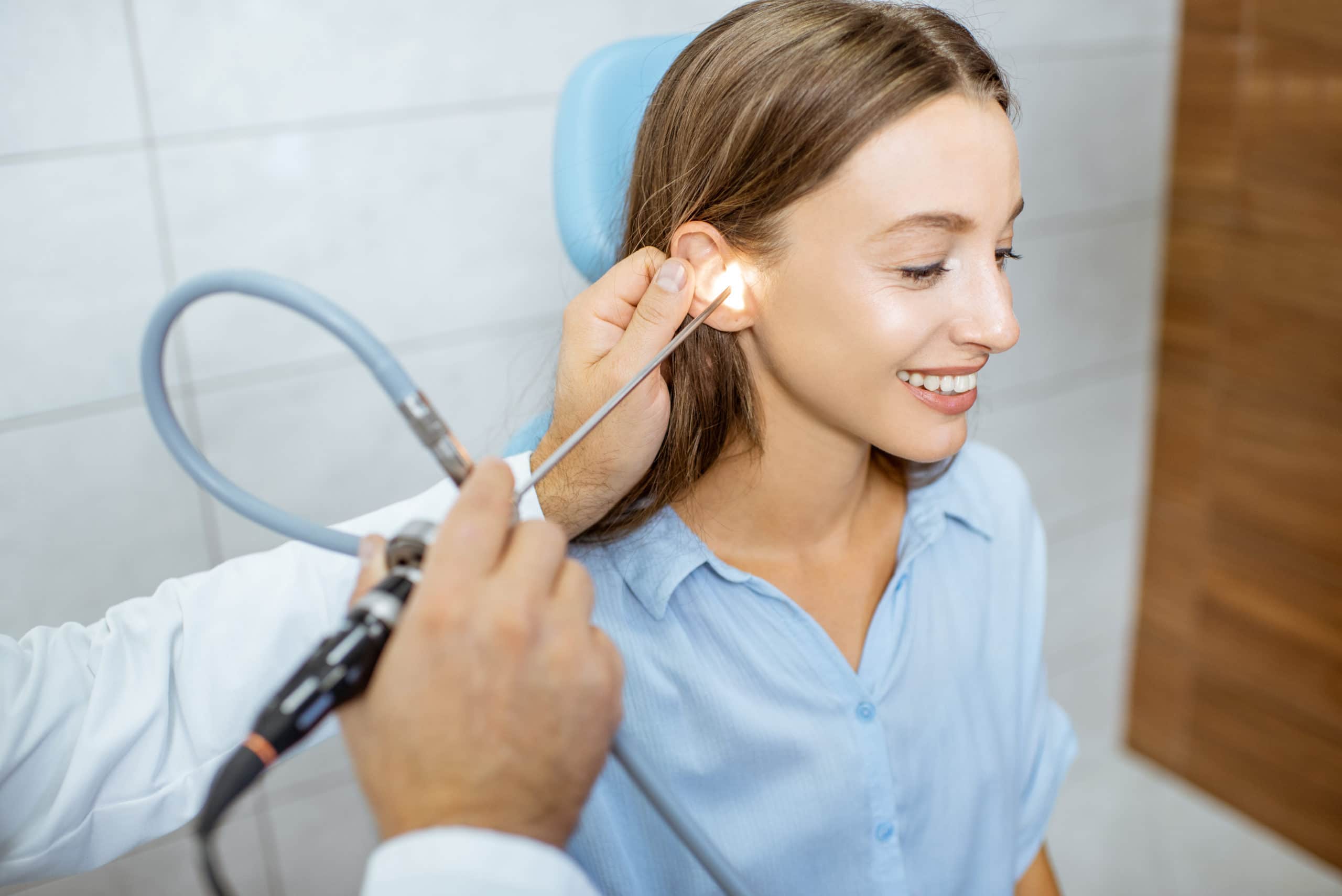Many people think that the best way to clear your ears is with a q-tip but that can actually lead to blockages and issues. While you can treat an earwax blockage at home, your eardrum and ear canal are delicate, therefore, it will be safer to allow Dr. Sookra to perform an earwax removal.
You should also see Dr. Sookra if you’re experiencing any drainage or bleeding from your ear or are dealing with significant pain since another problem could be causing these symptoms.
Make an appointment with a pediatrician if you have concerns that your child has an impacted cerumen. They’ll examine your child’s ears and suggest a treatment option.
If ear wax removal at home is not satisfactory or if you have an accumulation of wax in your ear so much it’s causing a blockage in your ear canal and/or is affecting your hearing, seek medical attention. Your doctor can prescribe you specific ear drops that will help soften the wax. Or, they may simply vacuum or wash it out. In some cases, an ENT or otolaryngologist might need to use a microscopic visualization procedure to remove the wax.
A doctor can remove a blockage using:
- Irrigation
- Suction
- A curette (small surgical instrument)
- A rubber ball syringe
If you have a possible perforation, puncture or hole in your eardrum, you should see a doctor before you attempt any OTC remedies. You can cause infection if you put eardrops or other products in your ear when there’s an eardrum perforation. Even washing water through a perforation can cause an infection.
A doctor may remove your excess wax using any of the techniques above such as inspecting your ear while using suction or using a curved, small instrument called a curette. They might also use a rubber-bulb syringe filled with warm water or water pick to flush out the wax.
If you have a recurring earwax buildup problem, your doctor might suggest a wax-removal medicine like carbamide peroxide. Since these drops can aggravate delicate eardrum and ear canal skin, you need to use them only as your doctor directs you too.
RISKS OF REMOVING EAR WAX AT HOME
Using certain items in an attempt to relieve itching or remove earwax can cause the buildup to become worse. Some of these items include:
- Q-tips or cotton swabs
- Napkin corners
- Keys
- Bobby pins
When you stick a foreign object in your ear, you risk pushing the earwax further into your ear or damaging your eardrum and ear canal. These outcomes can lead to serious complications. Consult with your doctor if you suspect any of these things happened to your ear.
Symptoms and signs could indicate another condition. You might think you can remove earwax by yourself at home, but it’s hard to know if you have excessive earwax without a doctor looking into your ears. Just because you’re experiencing symptoms and signs like decreased hearing or an earache, doesn’t necessarily mean there’s earwax accumulation. You could possibly have another medical problem that involves your ears requiring medical attention.
Earwax removal is most safely done by an ear specialist or doctor. Excessive earwax can actually damage your delicate eardrum or ear canal easily. Therefore, don’t attempt to remove the earwax yourself by placing objects in your ears, particularly if you:
- Have a perforation (hole) in your eardrum
- Have had ear surgery
- Are having ear drainage or pain
Kids typically have their ears examined during their annual medical examination. If needed, the primary care physician will remove any excess earwax during the office visit from your child’s ear.
Individuals should only clean or remove earwax from their ears under the guidance of a doctor.
It bears repeating: Earwax removal can be a simple procedure, but if done wrong can have serious consequences to one’s hearing. This is why you shouldn’t attempt it at home using foreign objects and you should seek professional medical attention from an experienced doctor like Dr. Sookra.
Have questions or concerns? Call Dr. Saska Sookra. Lifestream Family Medicine wants to be your primary care facility. Contact us to schedule an appointment by clicking this link or calling (941) 755-0433







